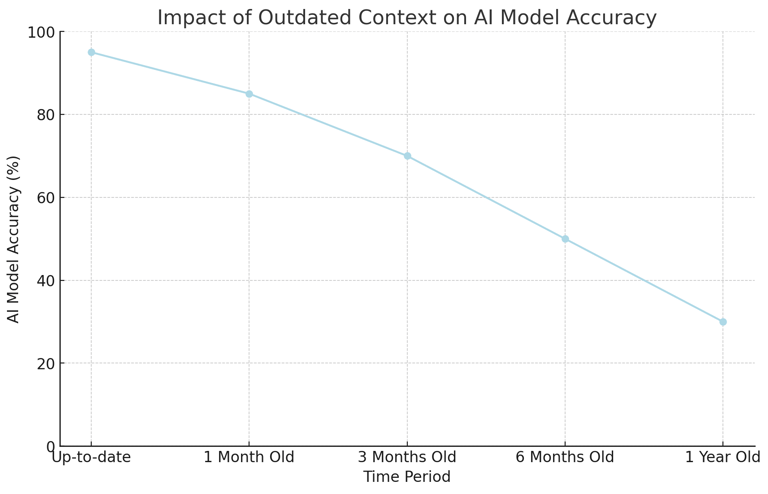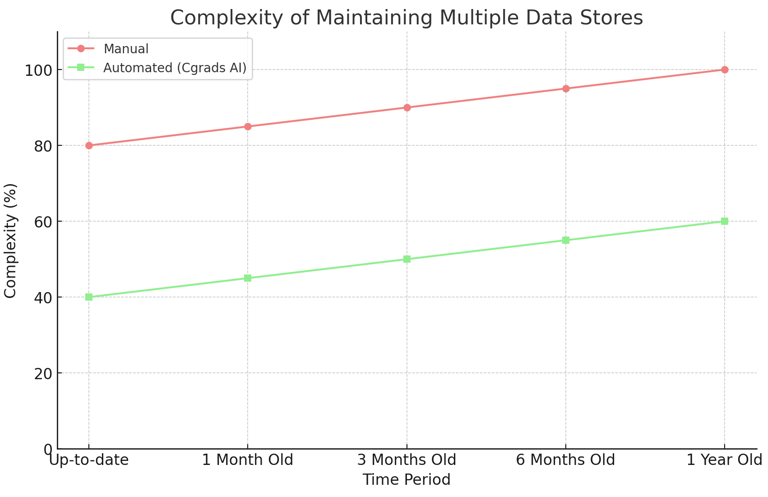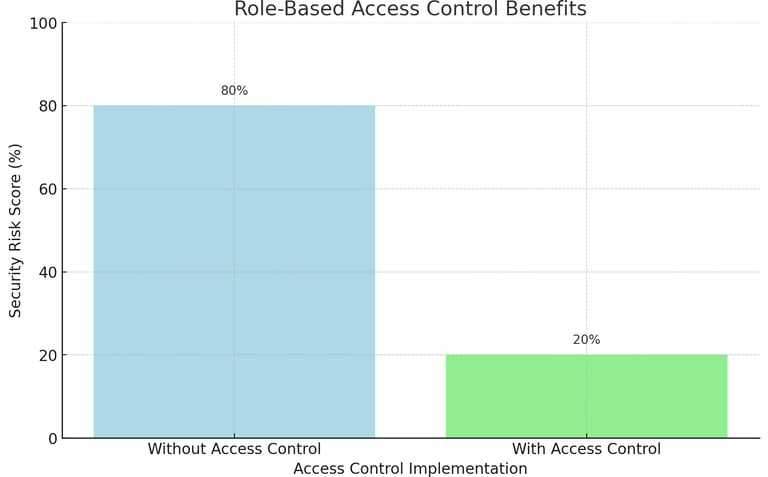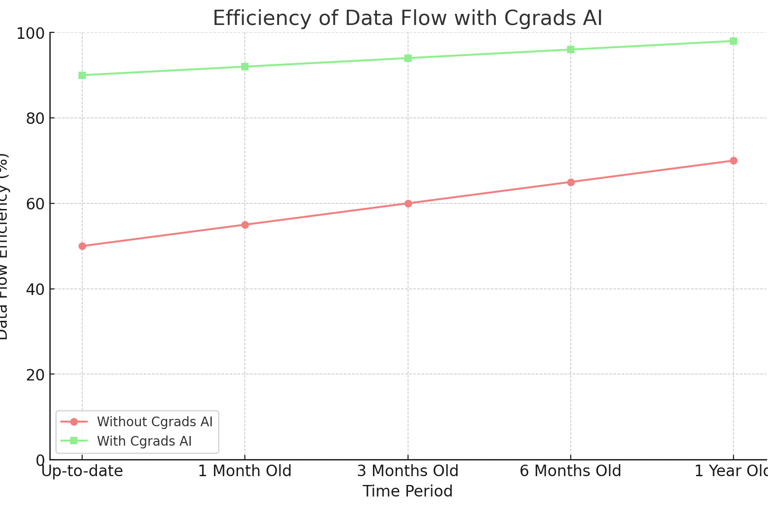AI projects


Challenges
Outdated Context: If the vector database is not regularly updated, the context provided to AI models becomes outdated, leading to inaccurate answers.
Complex Synchronization: Maintaining synchronization between multiple data stores is complex and resource-intensive, especially with a large and dynamic dataset.
Reluctance to Manage Multiple Systems: Developers often avoid dealing with the complexities of synchronizing multiple data stores, which can lead to inefficiencies and outdated information.
Latest Trends and Techniques
1. Automated Embedding Optimization
Automating the process of optimizing data embedding ensures that AI models always have access to the most relevant and up-to-date context, improving the accuracy of their responses.
2. Built-In Connectors and Server less Functions
Using built-in connectors for popular data sources and vector stores simplifies data management. Server less functions can automate data transformations and updates, ensuring real-time synchronization and reducing manual intervention.
3. Role-Based Access Control
Implementing role-based access control ensures secure data handling, allowing only authorized individuals to access specific vectors, thus maintaining data integrity and security.
4. Bring Your Own Models and Stores
Allowing developers to bring their own embedding models, vector stores, and data sources offers flexibility and ensures compatibility with existing systems.


Solution
Cgrads AI facilitates the optimization of large-scale data embeddings, ensuring that LLM applications have an accurate and updated context.
Key Features
Secure Data Loading and Replication: Securely load your data and have it automatically replicated in your vector stores. Role-based access controls ensure only authorized individuals can access specific vectors.
Built-In Connectors: Use built-in connectors for data sources like Amazon S3 and Azure Blob Storage, as well as vector stores like Pinecone and Weaviate.
Automatic Updates: Automatically update your vectors as your data changes, ensuring your context is always current.
Enhanced Data Flow: Transform and embed your data with built-in connectors for embedding models like OpenAI and Replicate, and serverless functions like Azure Functions and AWS Lambda.
Flexibility: Bring your own embedding models, vector stores, and sources.
Cloud Deployment: Run Cgrads AI in your own cloud for enhanced control and customization.




Charts:-
1. Impact of Outdated Context on AI Model Accuracy
This line chart shows how the accuracy of AI models decreases over time when the context is outdated. Keeping the context up-to-date ensures high accuracy.
2. Complexity of Maintaining Multiple Data Stores
This line chart compares the complexity of maintaining multiple data stores manually versus using automated systems like Cgrads AI. Automated systems significantly reduce the complexity and resources required for synchronization.
3. Efficiency of Data Flow with Cgrads AI
This line chart illustrates the efficiency of data flow and embedding processes with and without using Cgrads AI. Cgrads AI enhances data flow efficiency by automating updates and transformations.
4. Role-Based Access Control Benefits
This bar chart highlights the security benefits of implementing role-based access control in data management systems. Role-based access control significantly reduces security risks.
Implementation Process
Load and Secure Data: Securely load your data into the system, where it is automatically replicated in your vector stores.
Use Built-In Connectors: Integrate with popular data sources and vector stores using built-in connectors.
Automate Updates: Ensure that your vectors are automatically updated as your data changes.
Transform and Embed Data: Use serverless functions to transform and embed your data efficiently.
Customize and Deploy: Bring your own models and deploy Cgrads AI in your own cloud for complete control.
Key Benefits
Accurate Context: Ensures AI models have the most relevant and up-to-date context.
Simplified Synchronization: Reduces the complexity of maintaining synchronization between multiple data stores.
Security: Role-based access control ensures secure handling of sensitive data.
Flexibility and Control: Allows customization and compatibility with existing systems.
Efficiency: Automates data updates and transformations, reducing manual intervention.


